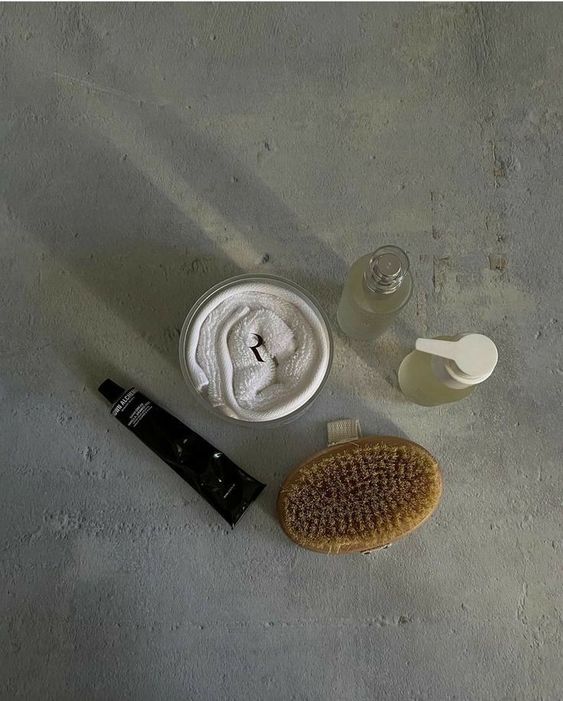
Summer is here, and having tanned skin is considered a MUST! When the opportunity presents itself, people from all walks of life will rush to the beach and bask in the sunlight.
We know how much you all love that tanned and glossy look, we love it too, we won’t deny that! Our aim is not to deter you altogether from enjoying the sun, but it is important for you to understand that a tan is not as healthy as you think it may be.
Suntan: Concise Definition and Associated Stages
A sun tan is a defense mechanism of the skin against UV radiation aimed at preventing further DNA damage. As a result, the skin experiences a darkening effect. This phenomenon takes place in 2 stages:
Stage 1: The already existing melanin is darkened by UVA light; thus, it generates an immediate and long-lasting tan.
Stage 2: The secretion of new melanin is triggered afterwards. This stage requires more time and gives rise to a delayed tan.
UV radiations respond at different levels respectively:
- Moderate UVB exposure can only stimulate the production of melanin corpuscles (light melanin). UVB rays have no influence whatsoever on the deep brownish hue conferred by melanin oxidation. They cause a slow developing or indirect tan.
- Moderate UVA exposure is necessary and essential for the completion of the tanning process.
It triggers the release and subsequent oxidation of the light melanin granules into the epidermal layers of the
skin. This is known as direct tanning.
In the light spectrum, the radiation of UVB rays is more energetic but with a reduced level of skin penetration: 70% stratum corneum; 20% mucous membranes (eyes, nose and mouth); and 10% reach the dermis. UVA rays, on the other hand, are less energetic but penetrate to more in-depth levels: 40% reach the dermis and 10% the hypodermis.
Sunburn: Concise Definition and Associated Stages
Sunburn is the direct result of cellular destruction caused by chronic solar exposure. When melanin and urocanic acid along with sunscreens fail to protect our skin from harmful UV radiation, another skin defense mechanism comes into action.
Damaged skin cells release histamine, a protein involved in allergy reactions. Histamine triggers an inflammatory response as a way of protecting the skin from further damage.
Chronic sun exposure can cause a wide array of skin conditions including: melasma, hyperkeratosis (thickening of the skin), solar elastosis (degeneration of connective tissue) and all kinds of skin cancer.
Fact: A Sunburn NEVER Turns Into A Suntan
Always remember that your skin has a memory. Once you have suffered a suntan or a sunburn, the reaction of your skin will be twofold when it is subjected again to careless sun exposure.
Since neither a suntan nor a sunburn provide any real benefits to your skin, we recommend that you religiously stick to the following tips:
- Use fresh sunscreen since it can lose its potency over time. It is important that you purchase a new bottle EVERY YEAR.
- Sunscreen should have an SPF 15 or higher
- Apply sunscreen to your entire body 30 minutes before exposure. Re-apply every two hours, or immediately after swimming or experiencing profuse sweating.
- Regular sun exposure, sans sunscreen, should be limited to vitamin D purposes ONLY. That is 5 -30 minutes (depending on phototype and UV Index) 4 times per week from 10 am to 3 pm, approximately.
- Wear protective clothing such as a broad-brimmed hat and sunglasses (the eyes are not capable of generating natural defense mechanisms against UV radiation like the skin does)
- Even if the weather is overcast, use sunscreen since the whole UVA spectrum can go through the atmosphere and reach human skin.
- Steer clear of sunlight if you have recently suffered from a sunstroke and/or a sunburn.
- Sun exposure is contraindicated if you are taking or topically applying photosensitizing substances, like some antibiotics (tetracyclines, sulfamides), contraceptives, some essential oils, vitamin A and its derivatives, St. John´s wort, colorants, etc.
- Seek the shade, especially during the peak hours (between 10 AM and 4 PM).
- Avoid tanning booths, they are a source of artificial radiation (primarily UVA) which causes the same adverse effects as harmful sun rays. The high-pressure sunlamps emit 12 times as much UVA as that of the sun. According to a recent study, people who use tanning booths are 1.5 times more likely to develop basal cell carcinoma and 2.5 times more likely to develop squamous cell carcinoma. The first tanning bed exposure in youth increases melanoma risk by 75 percent. Opt for natural self-tanning lotion and/or airbrush tanning instead.
- Consult your dermatologist if you notice any unusual skin growth, irritation and/or lesion.
Now that we got you covered with all the updates and tips regarding sun exposure, enjoy your summer and create beautiful, everlasting memories with the people closest to your hearts! For more tips on how to keep your skin healthy, make sure to follow us on Instagram, Facebook, LinkedIn, and Pinterest!




